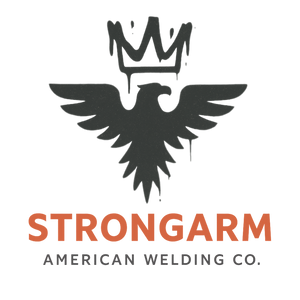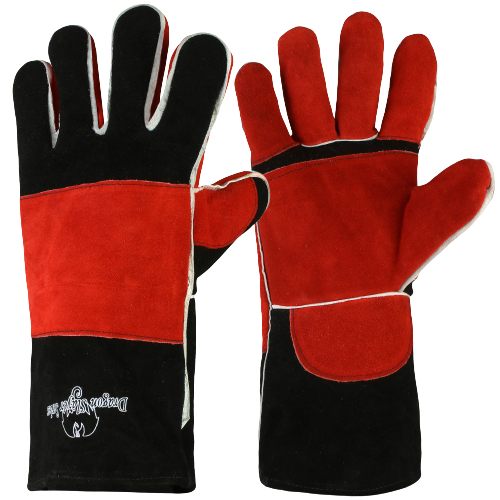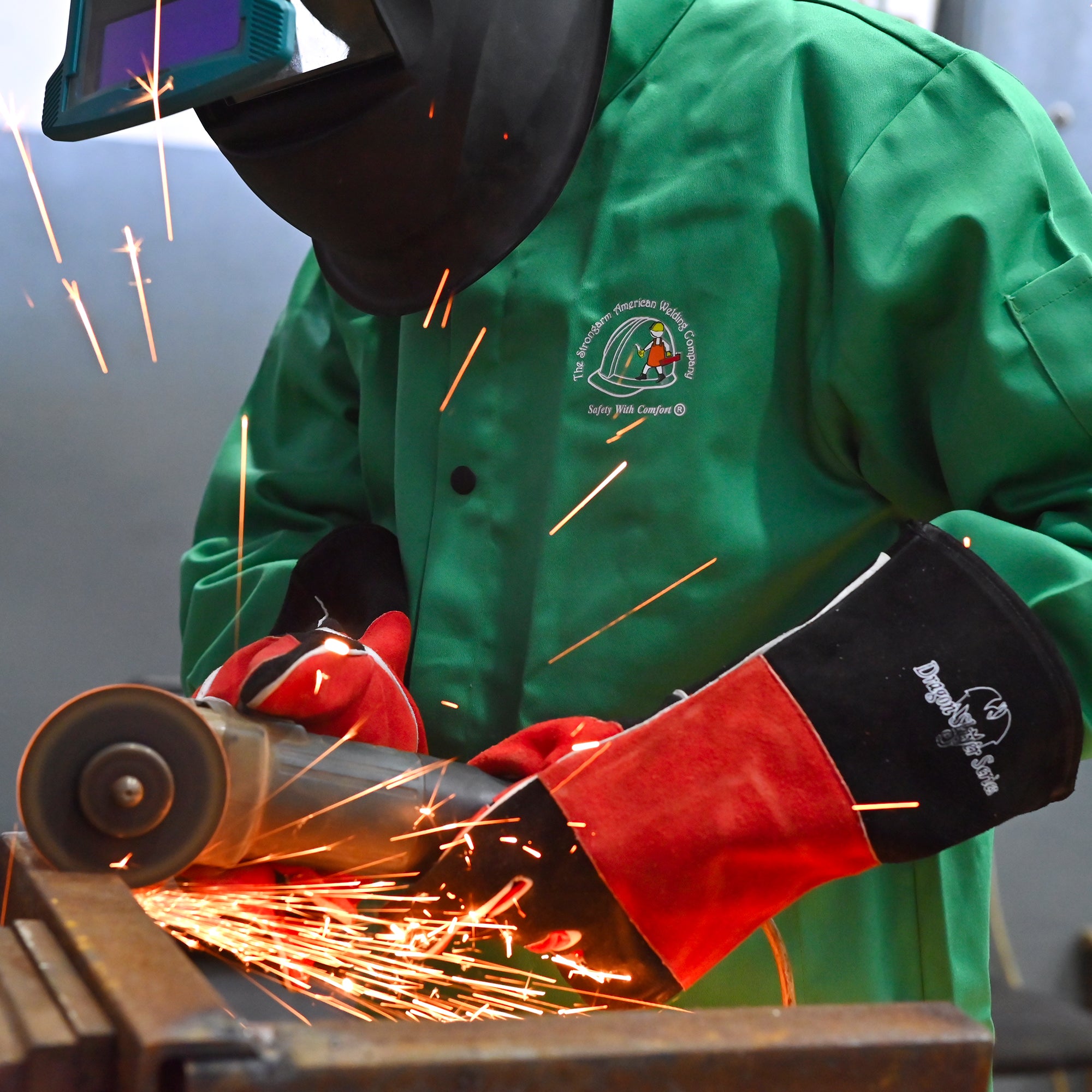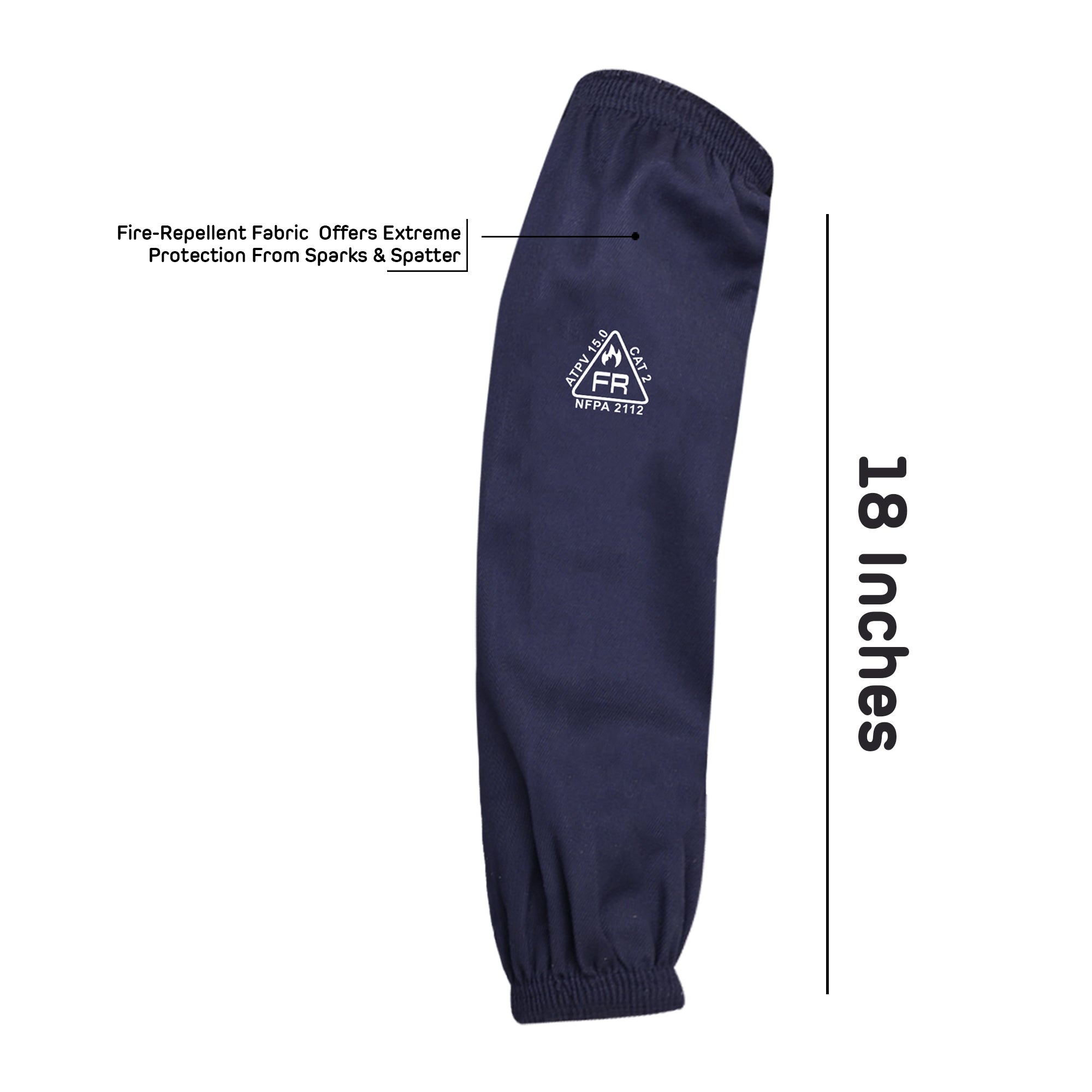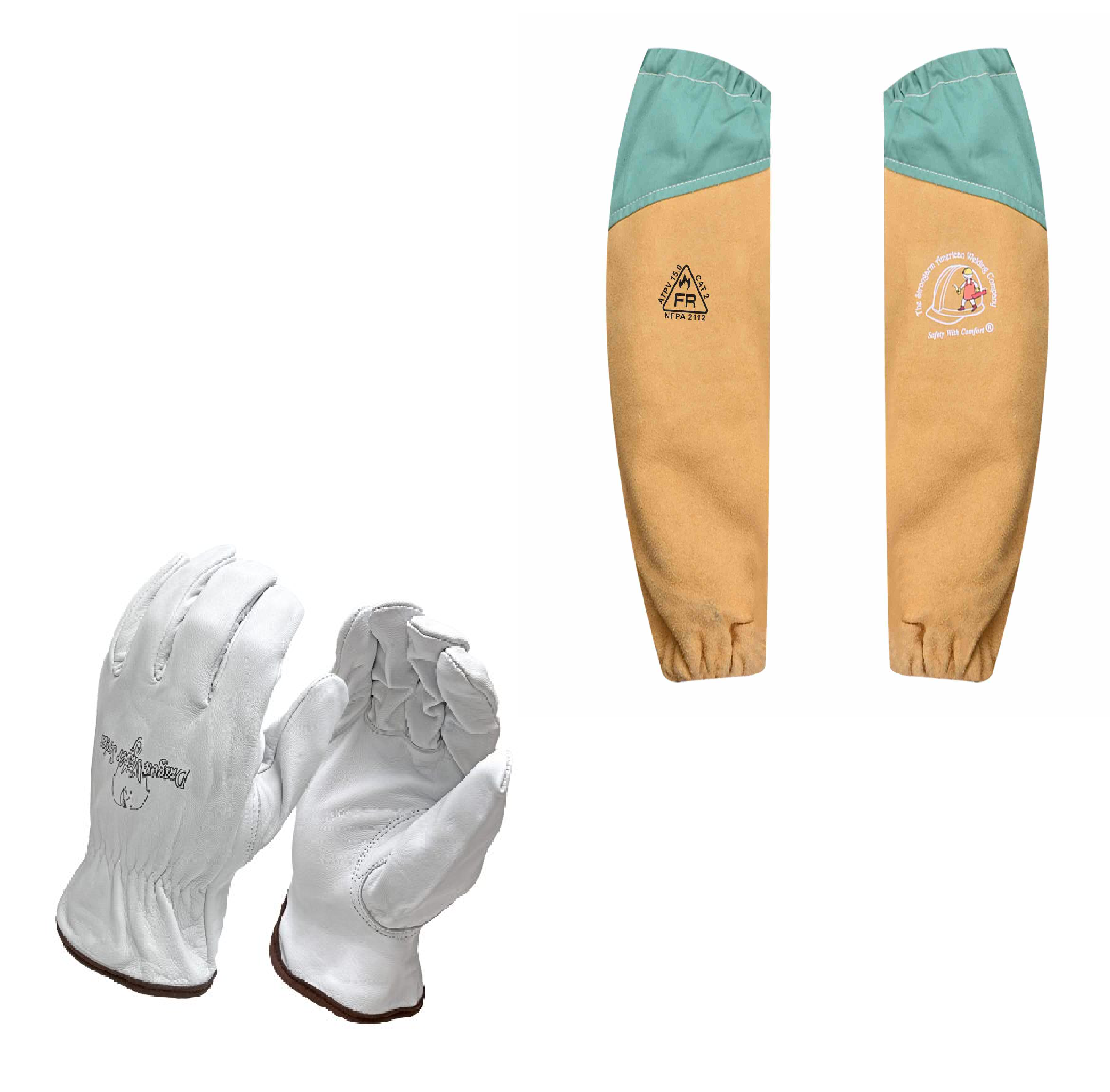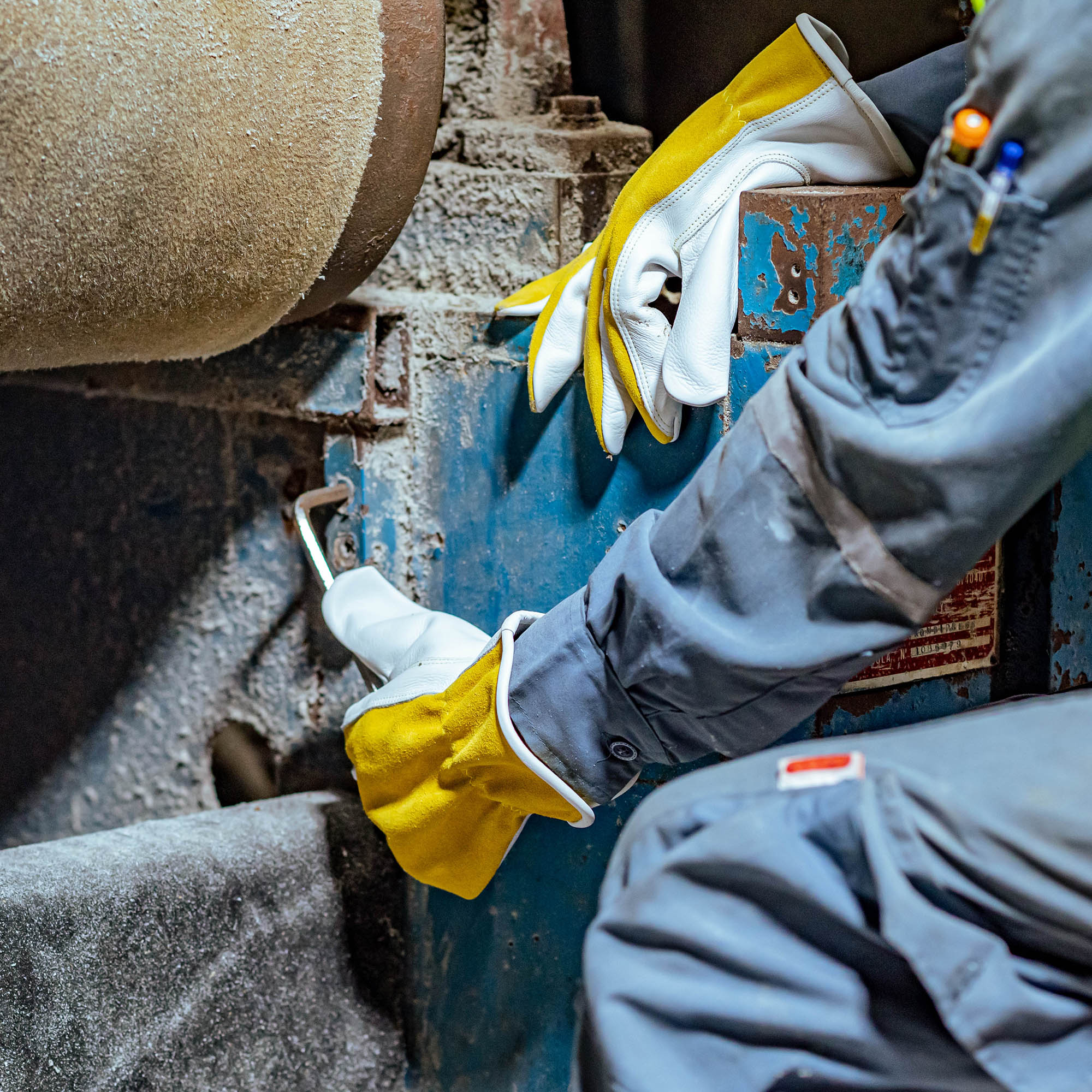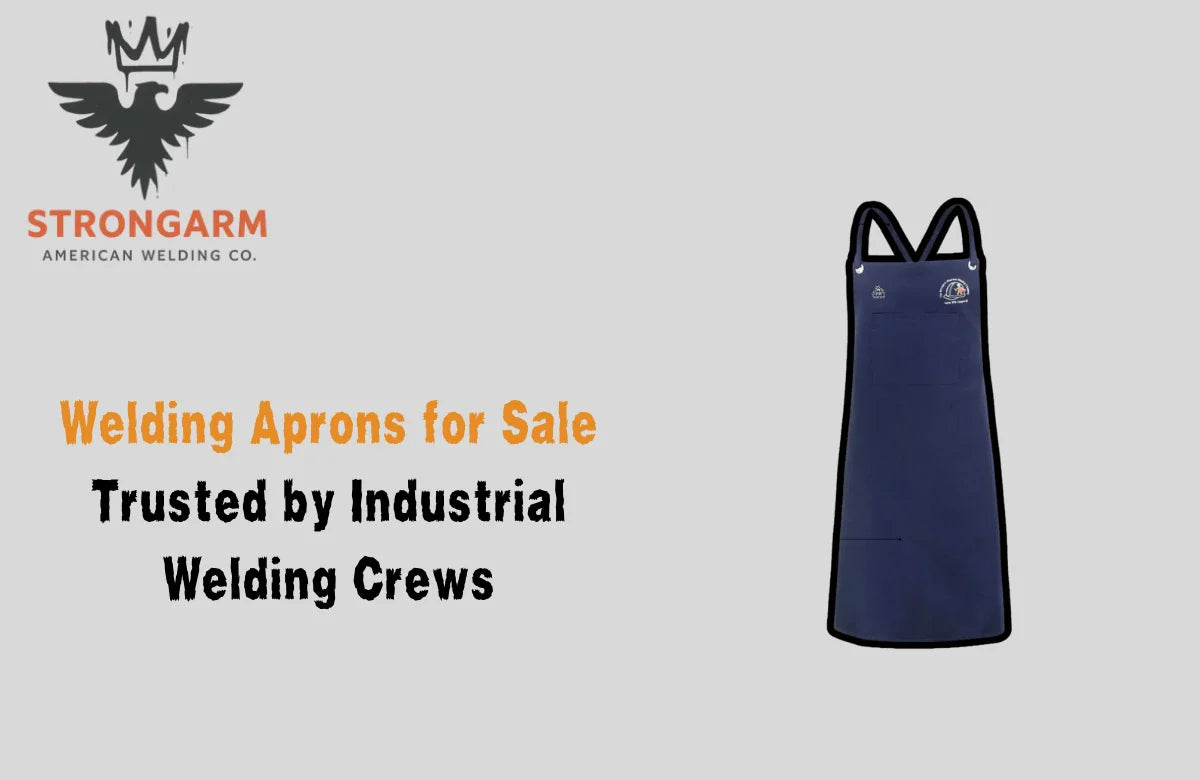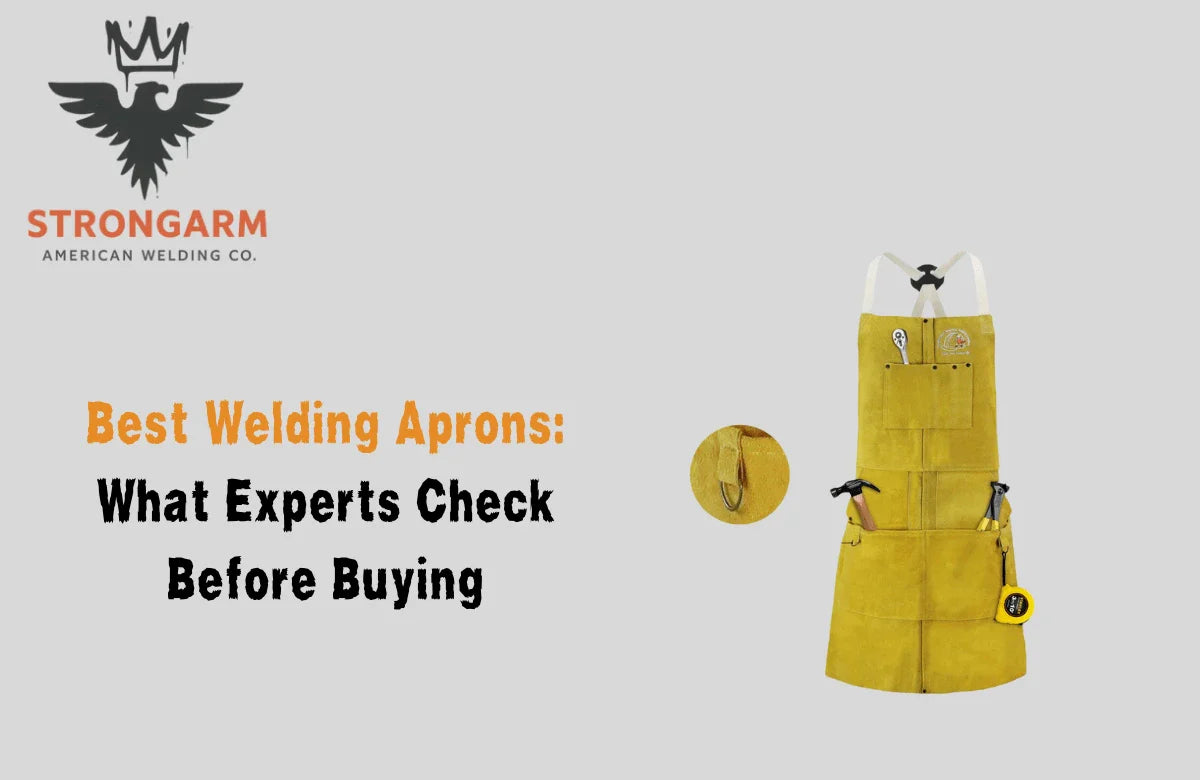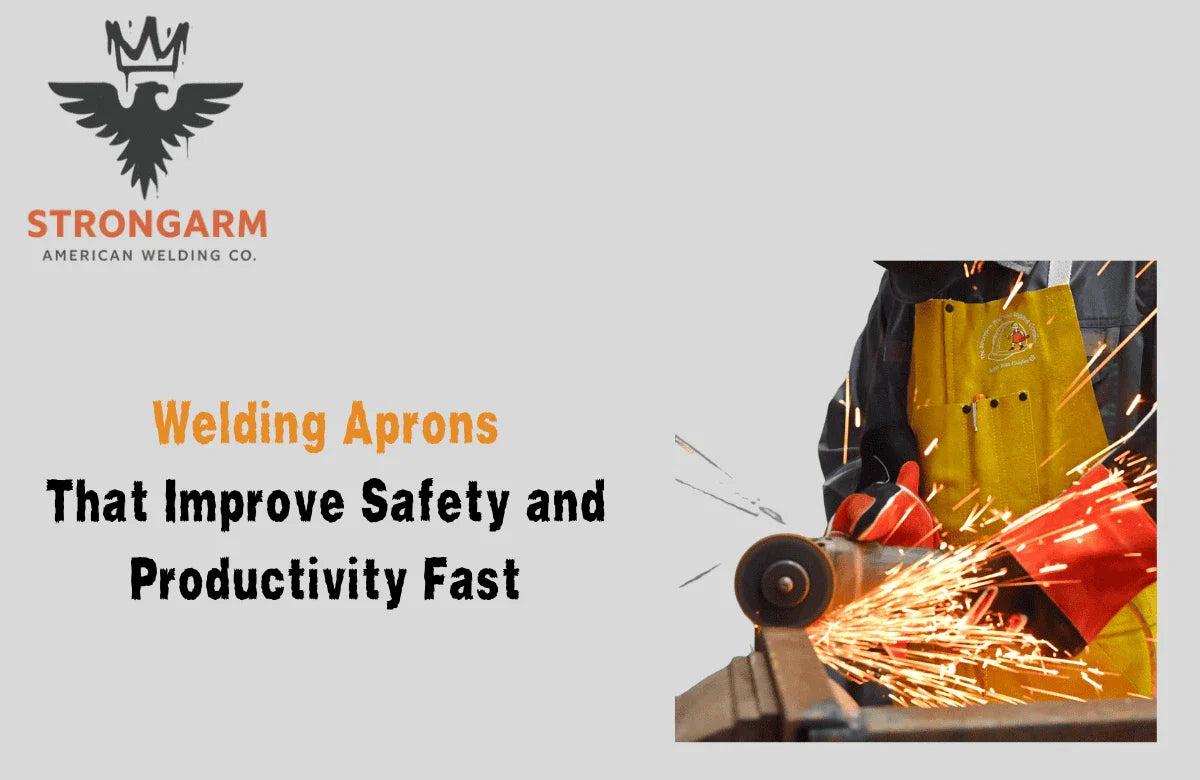One of the most crucial pieces of gear for a welder is a reliable pair of welding gloves. In this guide, we're going to break down the essential features to look for in welding gloves, ensuring you get the perfect pair to keep your hands safe and comfortable while you work. Welding is a craft that demands precision, skill, and most importantly, safety. One of the crucial elements in ensuring safety while welding is a reliable pair of welding gloves. So without wasting your time let’s dig into this comprehensive guide and discuss every single element of welding gloves
What Are Welding Gloves?
Welding gloves are specialized hand protection designed to protect your hands from the numerous hazards of welding. They are not your ordinary gloves; they are a welder's best friend, offering a combination of essential features that help them out in various types of welding techniques. To help you understand the importance of these gloves, let's first explore the different types of welding.
Types Of Welding
Welding has different types and each type demands its own set of skills and tools. Here are some of the most common types:
MIG Welding(Metal Inert Gas Welding)
Known for its ease of use, MIG welding involves a continuous wire feed and a shielding gas. Your gloves need to provide a balance of dexterity and protection for this type. When it comes to choosing gloves for MIG welding, you need a pair that strikes a balance between dexterity and protection. The gloves should allow you to manipulate the welding gun with precision while also shielding your hands from sparks, heat, and potential burns.
TIG Welding (Tungsten Inert Gas Welding)
TIG welding requires precision and control. Gloves with excellent dexterity and heat resistance are essential. TIG welding is commonly used where the utmost quality and detail are essential, such as aerospace and artistic metalwork. For TIG welding, gloves with exceptional dexterity and heat resistance are important. The welder must have control over the electrode and filler rod, making dexterous gloves a necessity.
Stick Welding
This is a robust welding technique, and your gloves should offer superior protection and durability to withstand the sparks and splatter. In this process, an electrode (the "stick") with a flux coating is used to create the weld. Stick welding produces a stable and strong weld, but it also generates intense heat and spatter. Given the rugged nature of stick welding, your gloves should give superior protection and durability.
Factors To Consider While Buying Welding Gloves
So, you're on the hunt for the perfect pair of welding gloves, and you want to make sure you get it right. Here's the lowdown on the must-know factors
Flexibility
Welding demands precision, and your gloves should not hinder your movements. It is crucial to look for gloves that provide flexibility to handle the tasks involved in welding. The gloves shouldn’t be stubborn rather they need to flex with your every move, allowing you to tango with those complex welding tasks
Comfort
We're not kidding when we say you'll be wearing these gloves for hours. Imagine wearing your coziest slippers but for your hands. That's the level of comfort you should aim for.
Durability
Welding gloves need to be tough cookies. Think of them as your bodyguards. Gloves made from high-quality materials that can take a beating and still come back for more is what a welder needs. The gloves need to be trustworthy and always ready for action.
Protection & Heat Resistance
The gloves must be like Iron Man suits for your hands. They should provide top-notch protection against sparks, heat, and those sneaky potential burns. Check for gloves with heat-resistant materials, reinforced seams, and cuff extensions that shield your wrists. Safety first, always!
Dexterity
Maintaining control and precision in your welding work is a must. Finding gloves that strike the right balance between protection and dexterity is the secret sauce. Your gloves should allow you to maintain control and precision in your welding work.
Material Of The Welding Glove
Welding gloves aren't just one-size-fits-all; they come in a variety of materials, each with its unique characteristics. Let's take a closer look at some of the most common materials used in welding gloves.
Elk Skin
Elk skin is known for its toughness and durability, making it an excellent choice for welding gloves. Elk skin gloves can stand up to the harsh conditions of welding and provide protection.
Kevlar
Kevlar is an all-rounder pair of gloves that provides durability, flexibility provide heat resistance and is lightweight. Besides other features, Kevlar is also known for its cut-resistant properties. This makes it an excellent choice for tasks that involve sharp objects or materials, adding an extra layer of protection.
Cowhide
Cowhide is the tried-and-true workhorse of welding glove materials. Cowhide welding gloves are tough, durable, and offer excellent heat resistance. They're often the top choice for a wide range of welding applications.
Deerskin
Gloves made up of Deerskin are soft and supple and offer excellent dexterity. Deerskin gloves are comfortable to wear and provide good protection against heat and sparks. They're ideal for tasks that require precise hand movements.
Goatskin
Goatskin is the lightweight champion. It's thinner compared to other materials, making it perfect for tasks that require fine motor skills. Goatskin gloves provide decent protection against heat and sparks and are a favorite among TIG welders.
Remember, the material you choose for your welding gloves should align with the specific demands of your welding projects. Each material has its strengths, so pick the one that best suits your needs and welding style.
Characteristics of High-Quality Welding Gloves
What sets high-quality welding gloves apart from the rest? Here are some characteristics to look out for.
- Reinforced Stitching: A well-constructed glove should have reinforced stitching in critical areas to prevent wear and tear.
- Kevlar Stitching: Kevlar is a super-strong material used for stitching in welding gloves. It enhances durability and heat resistance.
- Extended Cuffs: Extended cuffs provide extra protection for your wrists and lower arms, guarding against stray sparks and heat.
- Lining: A comfortable lining can make a significant difference in long welding sessions. Look for gloves with soft and sweat-absorbent linings.
- Additional Padding: Extra padding in the palm and fingers can reduce fatigue and offer more protection.
Welding Gloves VS Other Protective Gear
Welding is a high-temperature, high-risk job, and having the right protective gear can mean the difference between a safe workday and a hazard. Welding gloves are an essential part of this safety ensemble, but how do they stack up against other protective gear? Here is how welding gloves protect welders compared to other safety gear.
Welding Gloves
- Function: Welding gloves are specifically designed to protect your hands from heat, sparks, and molten metal. They offer dexterity, allowing you to work according to your will.
- Materials: Welding gloves are typically made from materials like leather or Kevlar, known for their heat resistance and durability. They may also have reinforced seams and extended cuffs for added protection.
- Use Cases: Welding gloves are essential for hand and wrist protection during welding, as well as tasks involving cutting, grinding, and handling hot materials.
Welding Jackets and Aprons
- Function: Welding jackets and aprons protect your upper body from sparks and hot metal. They come with additional features like pockets for convenience.
- Materials: These garments are usually made from flame-resistant materials like leather, cotton, or a combination of both.
- Use Cases: Welding jackets and aprons are crucial for shielding your upper body when welding, particularly in overhead welding situations.
Welding Goggles
- Function: Welding goggles are an alternative to welding helmets, providing eye protection from welding sparks and UV light. They're typically more compact and lightweight.
- Materials: The frames are usually made from durable materials, while the lenses are designed to block harmful rays and maintain visibility.
- Use Cases: Welding goggles are suitable for tasks where a full helmet may be too bulky, such as gas welding and cutting.
How To Buy A Perfect Welding Glove According To Your Needs?
Selecting the right welding glove depends on the specific needs of your welding projects. Here's a step-by-step guide to ensure you get the perfect pair.
- Identify Your Welding Type: Determine the type of welding you'll be primarily involved in. This will guide you in choosing gloves tailored to your specific needs.
- Consider Material: Leather welding gloves are a popular choice due to their durability and heat resistance. Choose the leather type that suits you best.
- Size Matters: Make sure to pick the right glove size. A well-fitting glove offers better control and comfort.
- Inspect Stitching: Check for reinforced stitching and, if possible, Kevlar stitching. High-quality stitching enhances the durability of the gloves.
- Heat Resistance: Ensure that the gloves are heat-resistant and have extended cuffs for maximum protection.
- Test Dexterity: If possible, try on the gloves to assess dexterity. You should be able to handle your welding tools with ease.
- Comfort: Lastly, don't forget about comfort. Look for gloves with soft linings and additional padding for prolonged comfort.
Conclusion
The perfect pair of gloves is not just a necessity; it's an investment in your safety and comfort. As you start your welding journey, use this comprehensive guide to find the welding gloves that match your needs. So, gear up, weld on, and let your creativity flow with the confidence that your hands are in good hands!
